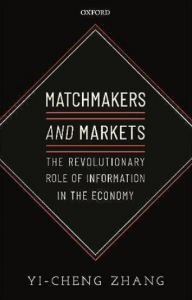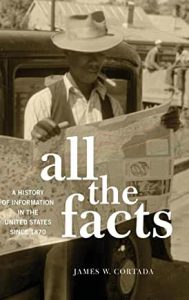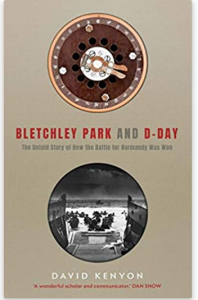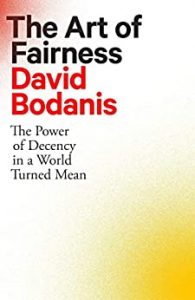We launched the Bennett Institute for Public Policy in Cambridge this week so it’s been a bit hectic. I still managed to read Radical Markets: Uprooting Capitalism and Democracy for a Just Society by Eric Posner and Glen Weyl. It’s extremely thought provoking and clearly brilliant – yet also barking mad. This is the territory of thought-experiment rather than policy proposal.
The basic idea is Proudhon (‘All property is theft!’). Any private ownership of property contains within it the seeds of market power. Worse, “Private ownership of any asset, except homogenous commodities, may hamper allocative efficiency.” A more efficient and more egalitarian arrangement is for all property to be in effect rented from the state, by current ‘owners’ stating what they think every item is worth, and paying a tax on that amount. At any time, somebody who values it more can bid it away from them; there are continuous auction markets. For homes, there might be a notice period so people can order their affairs. There might be exemptions for small items of sentimental value such as Grandma’s fountain pen. The revenues raised from the tax would be returned as a basic income to all citizens.
The authors want to Radicalise voting as well as ownership. In place of the one person one vote tyranny of the majority, they apply the auction principle to politics as well as markets. Everybody gets an allowance of ‘voice’ which they can allocate according to their political preferences and strength of feeling about the issues. There is a quadratic tapering so I’d need four voice tokens to vote twice and so on. They like the idea so much they’ve applied it to opinion polling to elicit more accurate views – and, they write, “We have patented the use of QV and related methods to solicit opinions digitially.”
After two introductory chapters, the book applies the broad concepts to some specific areas, including the high profile paper proposing ‘data as labour’: in other words, that we should be paid by digital data harvesters for providing our time and knowledge. Each of the chapters starts with a vignette of what the Radical Market future might look like. They’re all rather dystopian, and especially the one in the data as labour chapter. Every interaction between human and digital assistant is monetised. I’m an economist – I like markets – but don’t want every minute or keystroke to have a dollar sign attached. If a click on a Like button is worth 20 cents, would I start wondering whether it was worth telling my neighbour about the great new coffee shop, because she’s not going to pay me for it? Of course the current situation is unsatisfying, but I’m still unpersuaded by this potential solution.
The most interesting chapter is the one about the concentration of share ownership (in the US) in the hands of a small number of large institutional investors. The book argues persuasively that this diminishes competition. Antitrust concentrates on the corporations, but institutional investors dilute its effectiveness, “by knitting together the interests of the biggest firms that dominate any particular market.” Here there is a policy proposal worth thinking about: restricting institutional investors to holding a maximum of a 1% stake in companies in the same market; or as much of they want of one firm but then none of its competitors shares. Very interesting idea. Don’t see what it has to do with the Radical Markets conceit.
The book ends by reflecting on markets versus central planning, alluding to the socialist calculation debate. Markets “allocate resources in ways no present computer could match.” Prices are a uniquely efficient summary of information, but markets can be improved – by having them operate continuously. “The market is the appropriate computer to achieve the greatest good for the greatest number,” but its bugs need fixing so there are fairer outcomes. Even better, common ownership makes the market outcome more efficient too.
This does glide over the fact that – should the nirvana of constant online auctions be attained – the state is there in some sense as the owner of all property and redistributor of large tax revenues raised as a sort of rent from everyone for having temporary use of, well, everything. Nor does it touch on assets owned by foreigners, or owned overseas. In fact, the book doesn’t really discuss practicalities at all because it isn’t a real set of proposals.Thomas Piketty‘s global wealth tax has more chance of becoming a reality than the permanent revolution of ubiquitous Vickrey auctions.
However, Radical Markets certainly made me think, about property, information, power. Well worth reading.
[amazon_link asins=’0691177503′ template=’ProductAd’ store=’enlighteconom-21′ marketplace=’UK’ link_id=’d5a6a9a7-458b-11e8-8939-5317dd47e6a3′]




